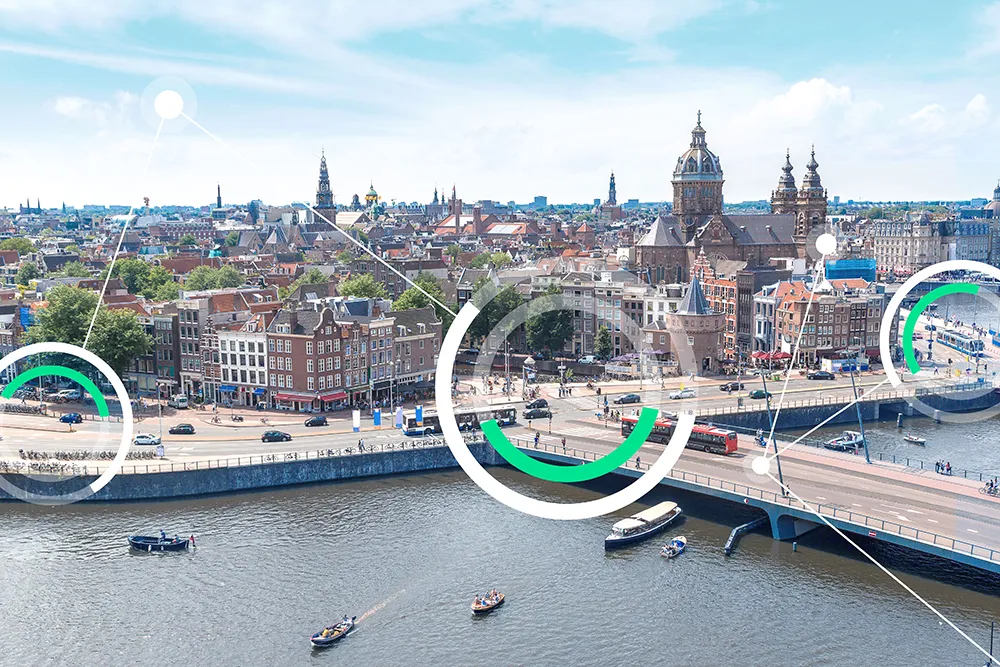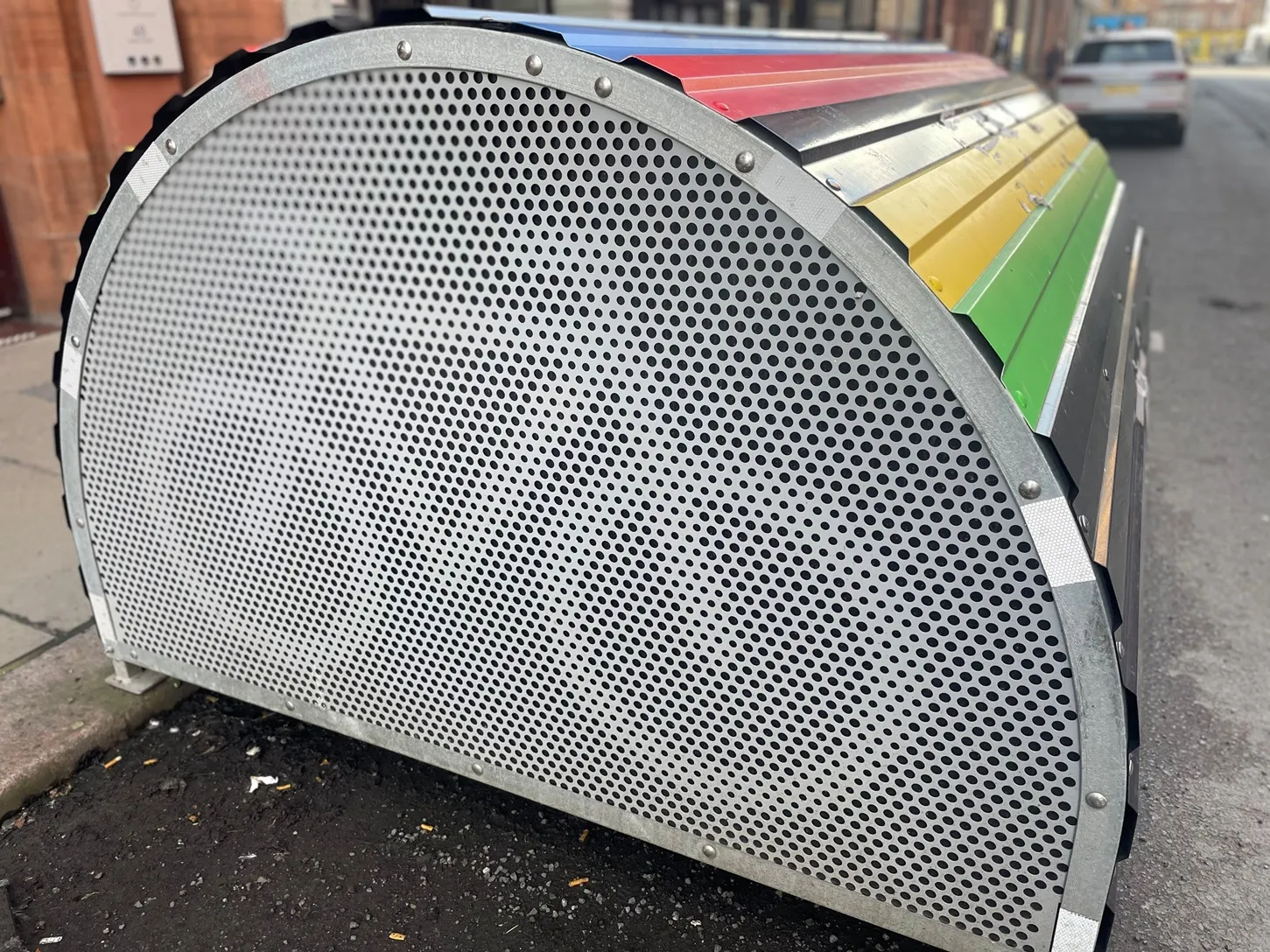
Edinburgh has become the first authority in the UK to adopt Yunex Traffic’s Fusion real-time network control management platform.
Yunex said that its multimodal network control management solution will help improve air quality and reduce journey times in the Scottish capital. The city has introduced Fusion on a corridor in one of its six Air Quality Management Areas (AQMAs).
Using a range of modern data sources, Fusion will continuously monitor approaching traffic and develop accurate indicators of congestion and traffic disruption. This should ensure, said the company, that traffic management decisions and target outcomes for all road users are policy-driven. Traffic signal timings can be optimised more efficiently to ensure active travel modes and cleaner air outcomes are prioritised.
The challenge today is to effectively manage often-competing demands of cars, large trucks, buses, taxis, pedestrians and cyclists, said Wilke Reints, managing director of Yunex Traffic in the UK. To do this, local authorities' road networks require easy-to-operate and efficient real-time adaptive traffic control.
"Developed with Transport for London, live trials of Fusion in London and [the UK county of] Hampshire have already demonstrated the system's ability to deliver enhanced network efficiency,” he said. “Fusion enables all modes of transport to be modelled and optimised with the aim of improving the environment, making walking and cycling easier and safer and delivering reliable and sustainable public transport systems."
"Our aspiration is to roll out Fusion on other corridors within Edinburgh to maximise the benefits of Fusion and our combined Yunex UTC-UX and Stratos UTMC platforms," said Mark Love, senior engineer for ITS operational services at City of Edinburgh Council.
An AQMA is required when a pollutant fails to meet air quality standards set by the Scottish government. Road traffic is by far the greatest contributor to the high concentrations of NO₂ in the city but other factors can set of a management area declaration. Exceedance of PM10 - particulate matter which are coarse particles with a diameter of 10 micrometres (μm) or less - is due to other sources as well as traffic. Emissions from industrial and fugitive sources from operations in and around Leith Docks are a contributory factor.









